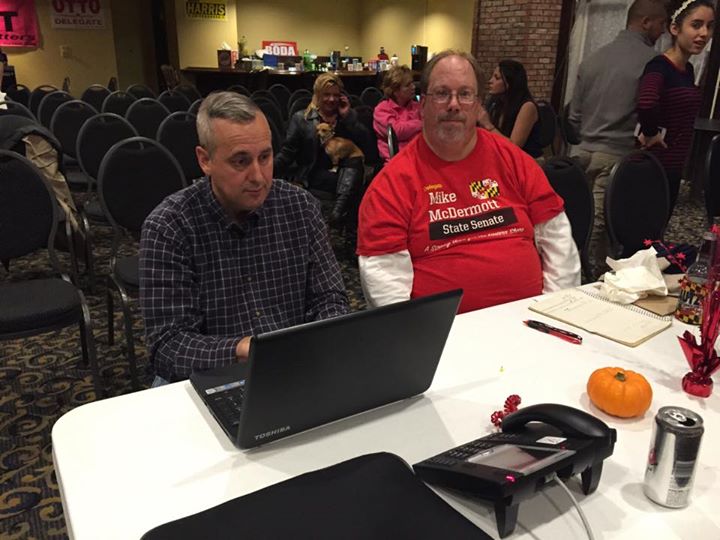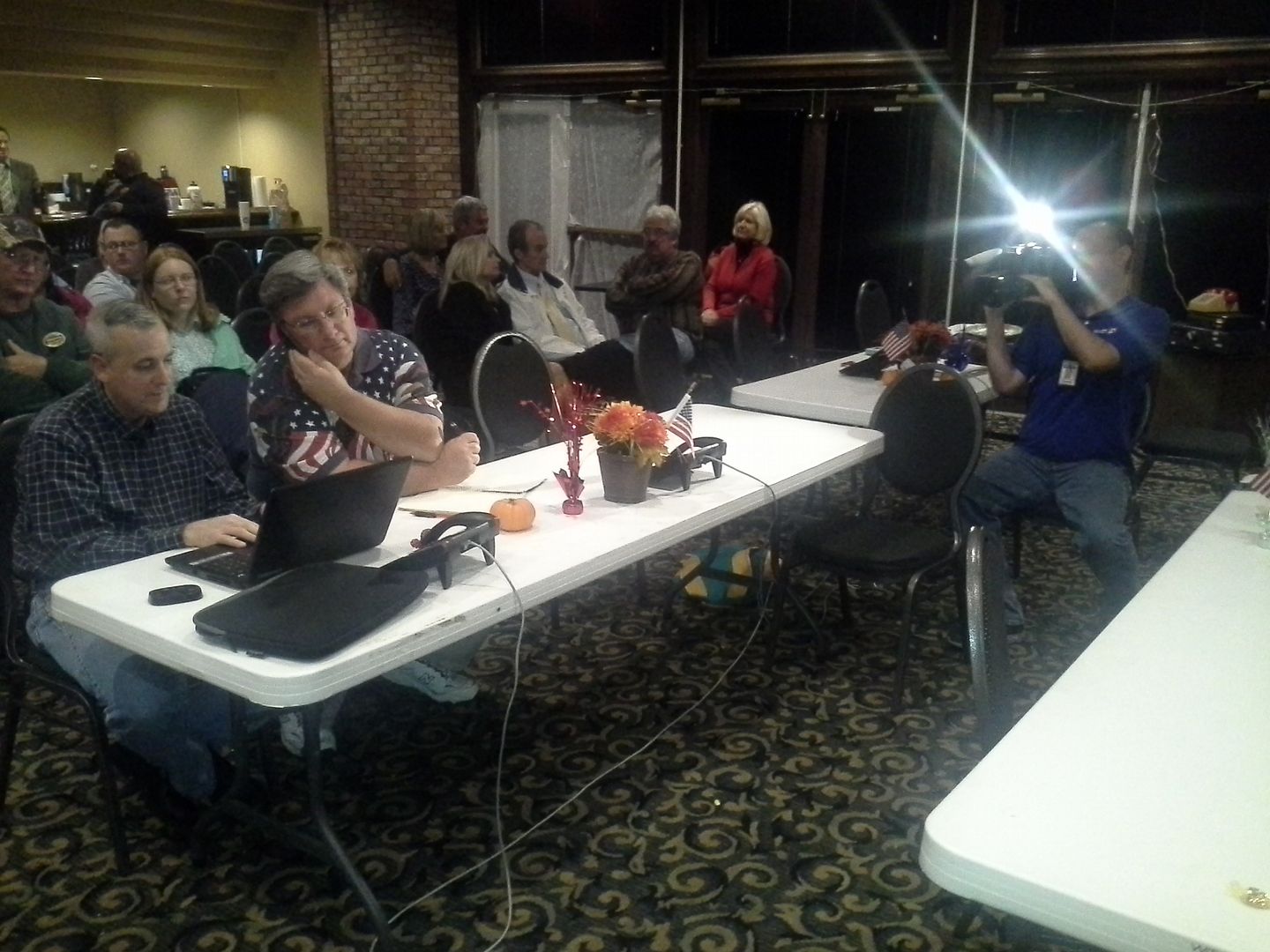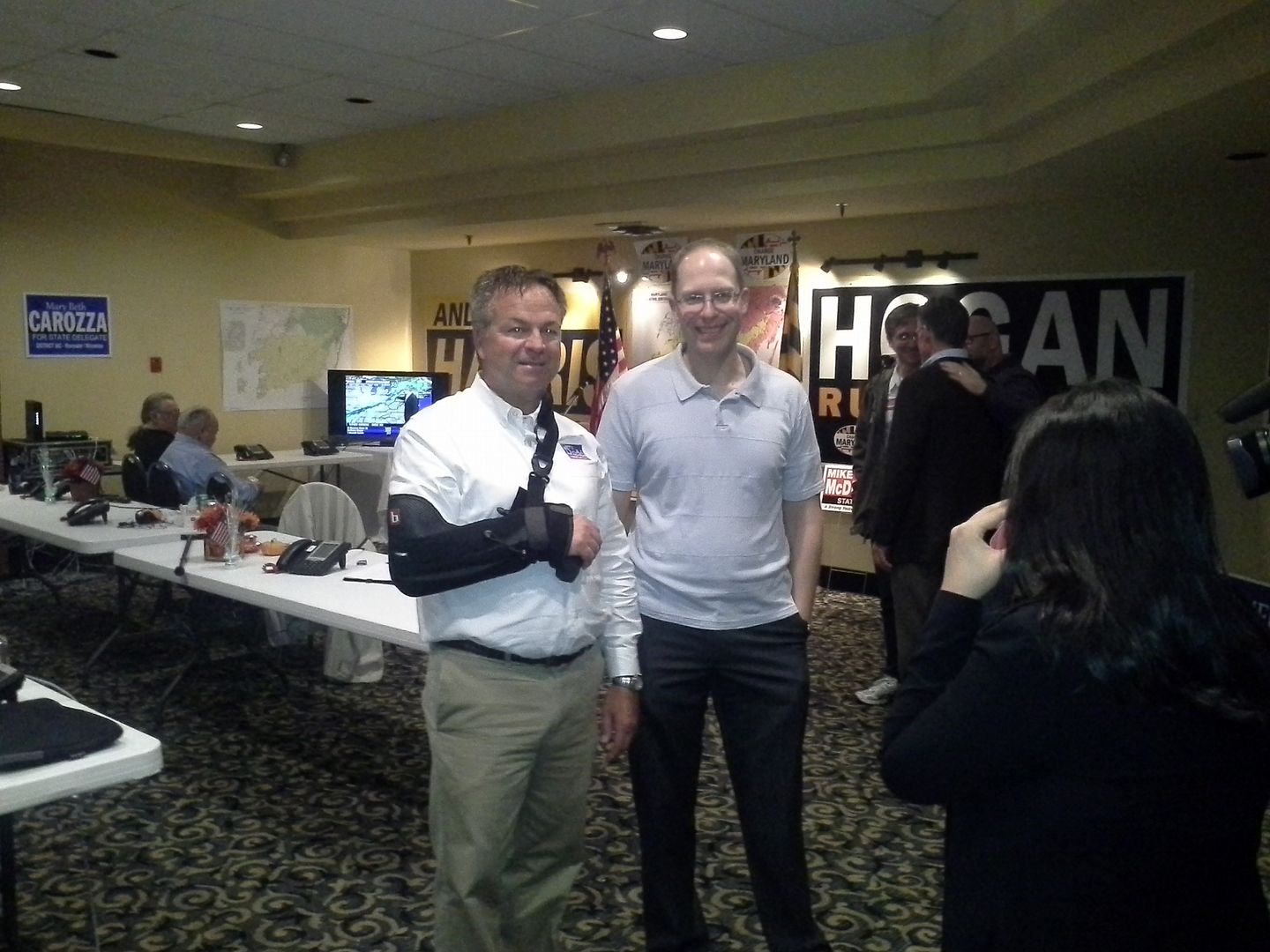As I noted the other day when I broached the subject, more than a dozen candidates shared the stage for a forum sponsored in part by the Coastal Association of Realtors and the Salisbury Independent newspaper. In this first part, I’ll discuss some of what the county candidates said.
First, the contenders:
For County Executive, two-term incumbent Rick Pollitt faced off with challenger County Councilman Bob Culver. Pollitt was elected in 2006 as Wicomico County’s first County Executive and narrowly won re-election over Republican Joe Ollinger in 2010. Bob Culver lost in a three-way Republican primary in 2006 for County Executive to eventual nominee Ron Alessi and B.J. Corbin before rebounding to win an at-large County Council seat in 2010.
Culver’s seat is being sought by two who join Republican Matt Holloway in attempting to win one of the two at-large County Council posts. Holloway was elected to County Council in the same 2010 election that brought Culver back; ironically those seats opened up because the two incumbents decided not to continue. One of those two was John Cannon, who unsuccessfully ran for the General Assembly in 2010 after one term on the County Council from 2006-10. Now John seeks a return after a four-year hiatus, noting that being a Council member was his “lifeblood.”
The lone Democrat seeking one of the two at-large seats is current Salisbury City Council member Laura Mitchell. Mitchell has served on the City Council since being elected in 2011.
(While there are 7 contenders for the five district Council seats, the forum only covered the pair of countywide posts.)
In the County Executive race, the two contenders disagree on a lot but agree that they would have “stark contrasts” in their approaches to governing. For example, when asked what the most pressing issue was, Culver was blunt: it was the loss of jobs over the last 18 months. (In the July 2013-July 2014 period, BLS statistics show Wicomico County lost 429 jobs as its labor force fell by 649.)
On the other hand, Pollitt asserted we were still in a recession and pleaded that “we have to rebuild our community.” He went on to describe how the needed to “leverage assets” like Wallops Island, Virginia, the port of Salisbury, and the Salisbury-Wicomico Economic Development organization. It was part of a required overall strategy for the “new normal,” added Pollitt.
When it came to whether additional tax increases would be required, Pollitt pointed out that the property tax rates had to increase just to stay even – four cents of the five cent increase this year simply brought us back to constant yield, with the other penny being allowed under the revenue cap. Four of of six Republicans voted for this tax increase, which was the “only responsible thing” to do.
Culver wasn’t one of those Republicans, though. He contended the county needed to go back to zero-based budgeting and trim the fat one step at a time. “Right now the time is not for a tax increase,” said Bob. “We have to do it from a business aspect.”
Another bone of contention came in the question about how best to assist realtors. Culver argued that dropping the county’s impact fee had resulted in 54 new homes being built in Wicomico County, and pointed out that there was only 16% of the county’s land mass which could be developed and we had just 3 percent to go.
Pollitt shot back that the impact fee change was part of the overall budget Culver opposed, restated that government needs to provide services and reminded us that five of the seven Council members had been correct in voting for the budget.
Rick closed with a familiar theme of “building community,” noting as well his role as the Maryland Rural Counties Coalition legislative chair and in the Clean Chesapeake Coalition. The more plain-spoken Culver repeated his assertion that “I think Wicomico County government is broken.”
If you look at it stylistically, Pollitt is a sharper debater. But the approach he’s taken over the last few years has been pragmatic by circumstance rather than by choice. And since the zero-based budgeting Pollitt did as city manager of Fruitland and promised early on doesn’t appear to be the case now – because it’s a campaign issue – and he whined early on in his tenure about the voter-installed revenue cap, one wonders what the budget and tax rate would be if not for the recession.
Rick Pollitt often talks about what he calls “quality of life” issues. But it has to be asked whether our quality of life is better when job numbers are going the wrong way.
The County Council members were asked a different set of questions. One of them was on how to take the good things happening in downtown Salisbury and jump start the area outside the metro core and the other dealt with thoughts on the comprehensive plan.
John Cannon got first shot at the former question, and he opened by praising the “refreshing” leadership of Salisbury City Council president Jake Day. But he believed the county had the responsibility to create its own environment for growth, and Cannon wanted to bring together the major players on a quarterly basis.
As far as tier maps went, John believed it was an argument of local vs. state control and was hoping for relief with the new administration, presumably a Larry Hogan one. He also advocated for enhanced transfer of development rights and perhaps even a wastewater treatment authority. He also noted that he had pushed for a reduction in impact fees six years ago when he was on County Council.
Matt Holloway outlined some of the accomplishments the county has achieved since he came on board: decoupling the personal property tax rate from the real property tax rate, phasing out the inventory tax, and making the manufacturer’s tax exemption automatic. He suggested a focus on public relations and enhancing our one-man economic development team.
Holloway also believed the comprehensive plan needed a “fresh set of eyes” with his goal being that of not impacting property values. But Matt cautioned that the state “has the trump card” under the law. They could help us with our septic issues, however.
Because she is on City Council, the initial question was right in Laura Mitchell’s wheelhouse: “That is why I’m running.” She wanted to translate Salisbury’s excitement to the county and talk about the positive things. She also thought the idea of an EDU bank, which allocates unused sewage capacity that developers donate back to the city, had merit on a countywide level.
Unfortunately, while it is “convoluted, to say the least,” Mitchell dropped the ball on even a rudimentary understanding of the tier maps. She advocated for infill development and sustainable growth, while addressing the double taxation and foreclosure issues in response to the realtors’ question.
Mitchell stressed her accounting background and budgeting experience as the key reasons to vote for her, portraying herself as sort of a budget nerd. But I found it interesting that the city budget had increased for three years in a row before finally declining this year. It’s still almost 7% higher than it was in FY2011, when she won election. (The first budget she would have approved would have been FY2012.)
And while you can’t expect expertise on every issue, her befuddlement on the tier maps was a bad sign.
It’s interesting that tier maps are an issue in this county, which now labors under the state’s default position that lots of any size can’t be subdivided into more than seven lots. Unfortunately, no county has found someone aggrieved enough by this terrible law that they could have standing to sue for the law’s nullification. (It’s doubtful the Democrats in the General Assembly would consider a repeal such as that tried in 2013.) Much as I’d love to force the state to pound sand, I’m not an injured party.
But there can be steps taken in the right direction. If we must have a tier map, the amount of land placed off-limits to development should be minimized because to do otherwise is an infringement on private property rights.
And while downtown development is indeed encouraging, the best way to replicate it isn’t to precisely duplicate it. While entertainment districts are nice, we need more industrial districts, more transportation hubs, and more encouragement of overall development. We shouldn’t shackle ourselves to one approach, either – if Chesapeake Shipbuilding, which isn’t exactly a glamorous company but a useful one that actually is seeking tradesmen, needs something to create another 150 jobs, that should take priority over yet another entertainment venue that may create 20 or 30.
Part 2 tomorrow will look at District 37 races.








 Most newspapers will use their Sunday edition before the election to either make the most key endorsement, such as for governor or president, or summarize their endorsements into a ballot guide for voters.
Most newspapers will use their Sunday edition before the election to either make the most key endorsement, such as for governor or president, or summarize their endorsements into a ballot guide for voters.
